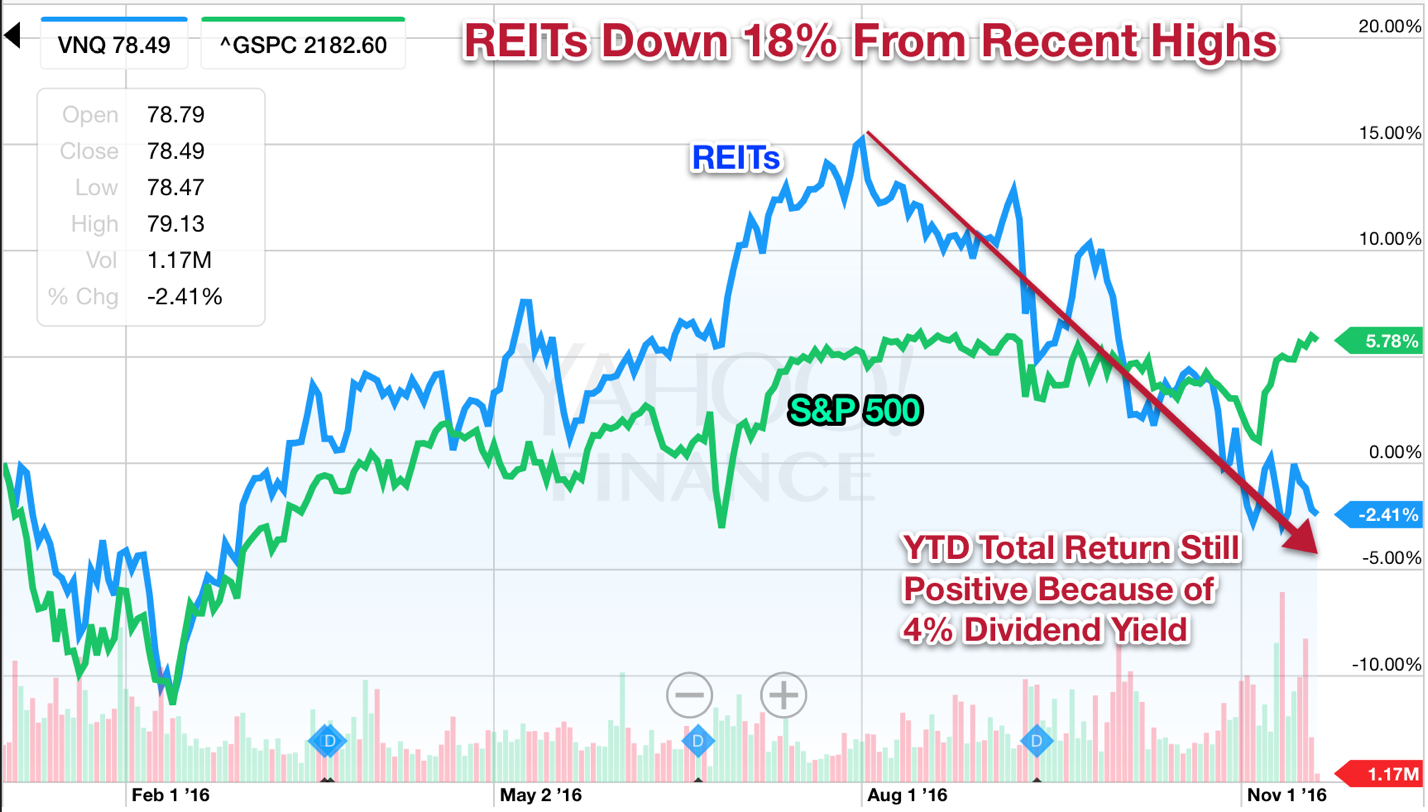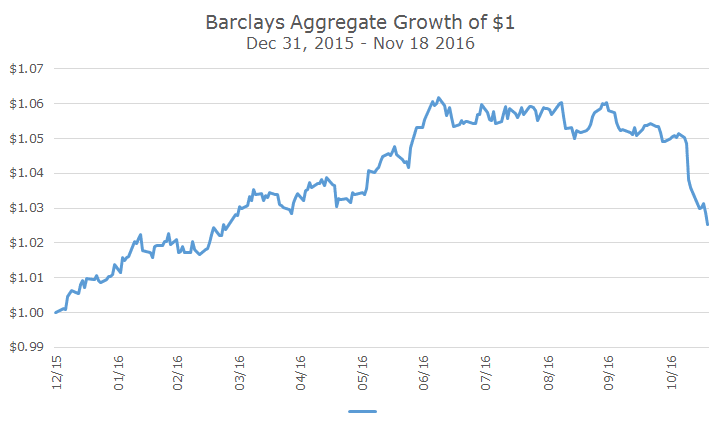https://www.sec.gov/Archives/edgar/data/890540/000113542816001868/frost-497.txt497
1
frost-497.txt
THE ADVISORS' INNER CIRCLE FUND II (THE "TRUST")
FROST KEMPNER TREASURY AND INCOME FUND (THE "FUND")
SUPPLEMENT DATED NOVEMBER 21, 2016
TO THE INSTITUTIONAL CLASS SHARES PROSPECTUS AND THE INVESTOR CLASS SHARES
PROSPECTUS, EACH DATED NOVEMBER 28, 2015 (THE "PROSPECTUSES") AND THE STATEMENT
OF ADDITIONAL INFORMATION, DATED NOVEMBER 28, 2015 (THE "SAI")
THIS SUPPLEMENT PROVIDES NEW AND ADDITIONAL INFORMATION BEYOND THAT CONTAINED
IN THE PROSPECTUSES AND SAI, AND SHOULD BE READ IN CONJUNCTION WITH THE
PROSPECTUSES AND SAI.
The Board of Trustees of the Trust, at the recommendation of Frost Investment
Advisors, LLC (the "Adviser"), the investment adviser of the Fund, has approved
a plan of liquidation providing for the liquidation of the Fund's assets and the
distribution of the net proceeds PRO RATA to the Fund's shareholders. In
connection therewith, the Fund will be closed to new investments effective
immediately. The Fund is expected to cease operations and liquidate on or about
December 30, 2016 (the "Liquidation Date").
Prior to the Liquidation Date, shareholders may redeem (sell) their shares in
the manner described in the "How to Redeem Fund Shares" section of the
Prospectuses. For those Fund shareholders that do not redeem (sell) their shares
prior to the Liquidation Date, the Fund will distribute to each such
shareholder, on or promptly after the Liquidation Date, a liquidating cash
distribution equal in value to the shareholder's interest in the net assets of
the Fund as of the Liquidation Date.
The liquidation distribution amount will include any accrued income and
capitalgains, will be treated as a payment in exchange for shares and will generally be
a taxable event. You should consult your personal tax advisor concerning your
particular tax situation. Shareholders remaining in the Fund on the Liquidation
Date will not be charged any transaction fees by the Fund. However, the net
asset value of the Fund on the Liquidation Date will reflect the costs of
liquidating the Fund.
PLEASE RETAIN THIS SUPPLEMENT FOR FUTURE REFERENCE
FIA-SK-039-0100




